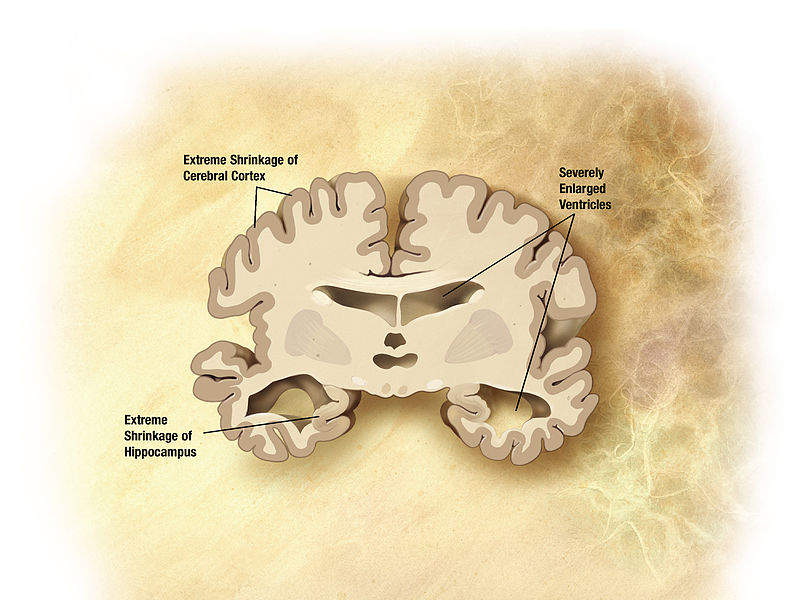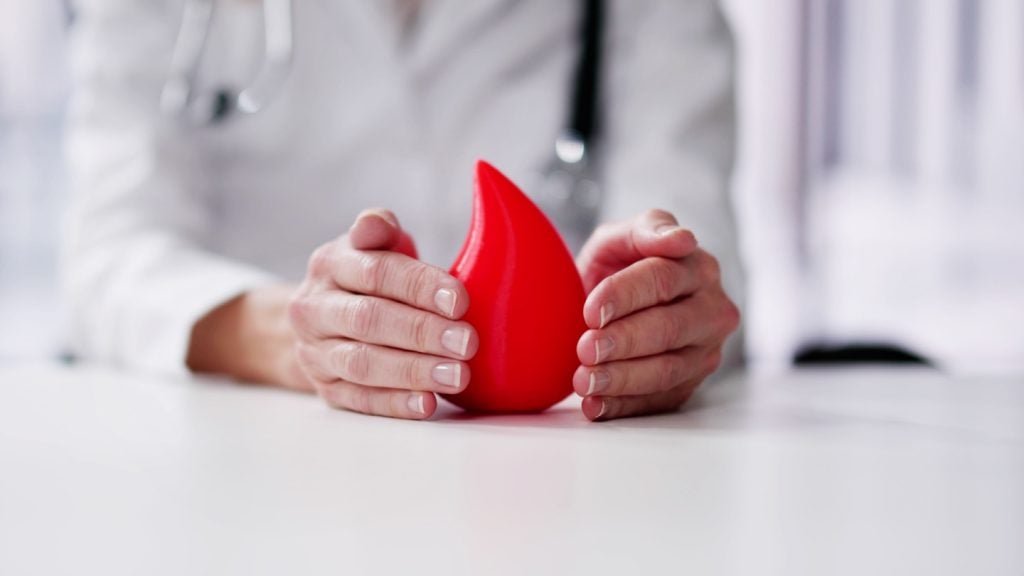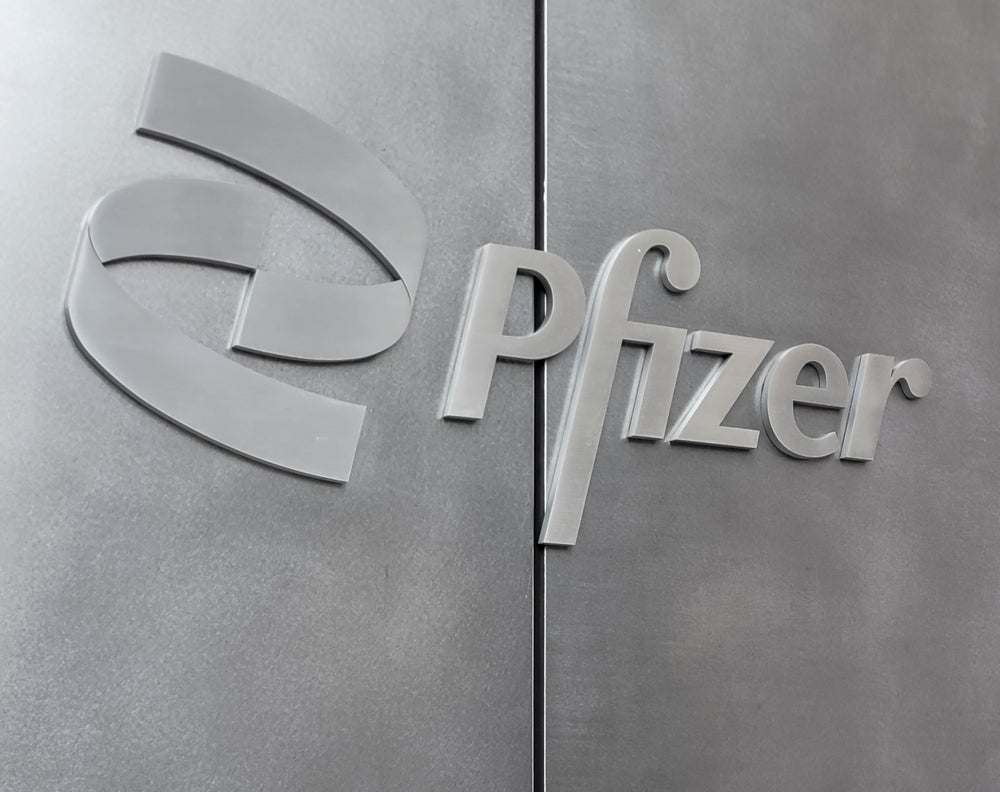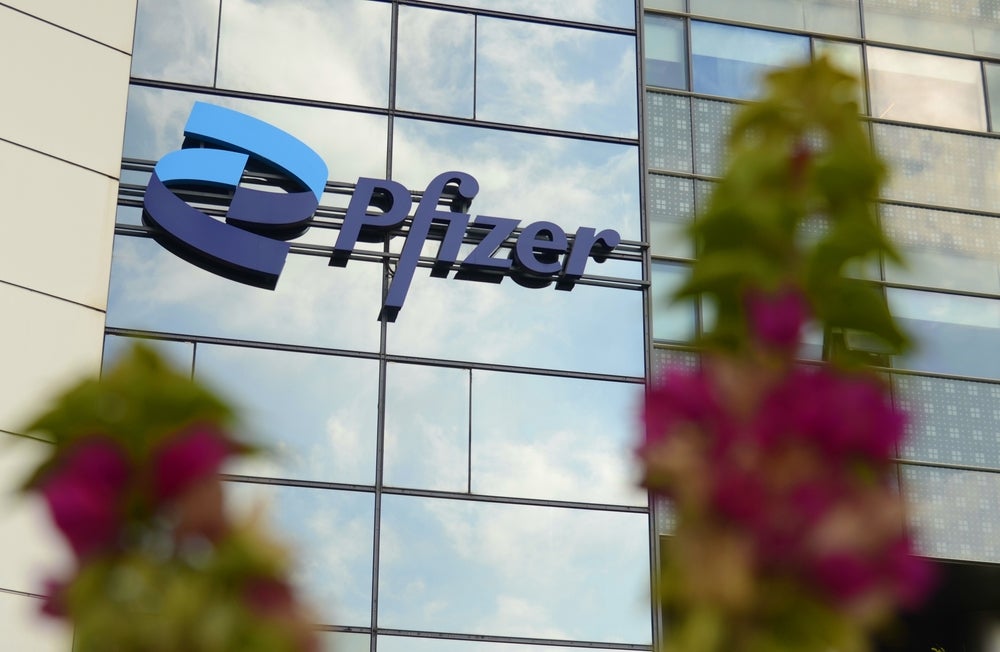
Biogen and Eisai’s future Phase III trial of Alzheimer’s disease (AD) drug BAN2401, whose development has been closely watched by investors and the pharma world, should have the inclusion of “risky” apolipoprotein-E e4 (APOE4+) carriers in the highest and most efficacious dose based on Phase IIb data presentation.
All humans carry a gene that code for apolipoprotein E (APOE), which is a principal cholesterol carrier in the brain, but populations with the e4 variant are known to be at higher risk for AD. BAN2401 has garnered interest as it was unsure how the antiamyloid antibody class of drugs would fare, after a number of BACE inhibitor class of drugs based on the amyloid theory have failed.
Despite their inclusion being prohibited by the EMA, experts noted the majority asymptomatic nature of amyloid-related imaging abnormalities-edema (ARIA-E) cases in APOE4+ patients generates an argument for regulators to allow this population in the Phase III with strategic protocol monitoring.
Regulatory opposition
Should the high dose still face regulatory opposition, the second-highest dose – which permitted APOE4+ enrolment – could still be a worthwhile Phase III exploration, though efficacy superiority versus placebo is less clear.
The global 854-patient Phase IIb (NCT01767311) trial saw the EMA disallow randomisation of new APOE4+ patients in European sites into the highest dose arm and pulled out enrolled carriers based on ARIA-E concerns, according to the presentation at the Alzheimer’s Association International Conference (AAIC) 2018 in Chicago, Illinois on 25 July. Experts said the APOE4 imbalance between the highest dose and placebo compromised the robustness of the efficacy data.
How well do you really know your competitors?
Access the most comprehensive Company Profiles on the market, powered by GlobalData. Save hours of research. Gain competitive edge.

Thank you!
Your download email will arrive shortly
Not ready to buy yet? Download a free sample
We are confident about the unique quality of our Company Profiles. However, we want you to make the most beneficial decision for your business, so we offer a free sample that you can download by submitting the below form
By GlobalDataSee Also:
In that highest 10mg/kg biweekly dose, 81% of patients became amyloid negative compared to 20% in placebo (p<0.0001), with a 30% reduction in Alzheimer’s Disease Composite Score (ADCOMS) vs placebo (p=0.034) at 18 months, which represents a significant improvement in treating the disease, said three experts.
Despite the positive amyloid reduction and cognitive benefit data, the industry has shown mixed enthusiasm. Biogen and Eisai’s share prices fell 12.2% and 20.6%, respectively. Their respective market caps are $71.6bn and ¥2.91tr ($26.2bn).
Analysts noted the APOE4 imbalance tempered enthusiasm about the 30% ADCOMS improvement versus placebo and were not convinced by Eisai’s data explanation. In December 2017, it was announced that the drug failed to meet its primary endpoint of ADCOMS improvements at 12 months.
Eiasi said it would explore a future trial design with regulatory agencies, and full data and subgroup analysis will be presented at upcoming conferences, such as the Clinical Trials in Alzheimer’s Disease (CTAD) meeting on 24-27 October in Barcelona, Spain.
Sales projections peak at $11bn with a possible launch in 2024.
Eisai and Biogen did not respond for comment.
APOE4+ inclusion possible with risk mitigation
As the majority of the Phase IIb ARIA-E cases were asymptomatic, concerns may be overblown and regulatory bodies could allow APOE4+ patients back in for the Phase III at the high dose, said Dr Lawrence Honig, professor of neurology, Columbia University College of Physicians and Surgeons, New York and Dr Dennis Selkoe, professor of neurologic diseases, Harvard Medical School, Boston, Massachusetts.
A total of 48 patients across all doses and placebo developed ARIA-E, and only five were symptomatic (10%). Seven in the highest-dose arm experienced ARIA-E (14.6%), with one moderate and two severe cases that were symptomatic, all three classified SAEs.
With appropriate protocol steps for physicians to flag symptomatic ARIA-E, including headaches, confusion or disorientation, Biogen/Eisai could mitigate the risk enough for regulatory agencies to allow APOE4+ patients on the highest dose, said Selkoe and Honig who have both consulted for other big pharma Alzheimer’s developers in the past.
ARIA-E can be easily detected by MRIs if actively monitored, said Honig and Dr Wendy Qiu, associate professor of psychiatry and pharmacology, Boston University, Massachusetts. Qiu noted in her experience in other AD clinical trials that pausing or stopping antiamyloid drugs causes the edemas to dissipate fairly quickly, further allaying ARIA-E concerns.
BAN2401’s 10-15% ARIA-E rate is relatively low versus Eisai’s aducanumab, another antiamyloid monoclonal antibody in Phase III that had about 41% ARIA-E cases in APOE4+ patients, noted Honig and Selkoe. Aducanumab is in two ongoing Phase III trials.
The highest dose’s efficacy benefit outweighs the risk, especially for asymptomatic patients, said Selkoe.
The highest dose arm was 10mg/kg bi-weekly (N=161), followed by 10mg/kg monthly (N=253), 5mg/kg bi-weekly (N=92), 5mg/kg monthly (N=51) and 2.5mg/kg bi-weekly (N=52), with 245 patients on placebo.
According to the presentation, the EMA forced discontinuation of APOE4+ patients in the top-dose group in European sites, leaving 29.8% APOE4+ patients, while other doses had 73-91% APOE4+ patients and the placebo group had 70%.
The imbalance compromises the data because there’s a sense that APOE4+ Alzheimer’s patients could show more severe accelerated decline than non-carriers, and it is not certain if the better performance on the highest dose was due to BAN2401 or the lack of APOE4+ patients, agreed Qiu, Dr Wes Ashford, clinical professor, Department of Psychiatry and Behavioral Science, Stanford University, California, and Dr Richard Caselli, professor of neurology, Mayo Clinic, Phoenix, Arizona.
Selkoe and Honig disagreed, saying there’s no concrete evidence for an accelerated decline in APOE4+ patients, though all experts agreed APOE4+ patients could exhibit earlier onset than noncarriers.
The highest dose’s efficacy signal and unmet need could sway the FDA and EMA towards the inclusion, with the realisation of how the imbalance compromises the efficacy results, Caselli, Honig and Selkoe said.
Second-highest dose could progress as well
Should the FDA and EMA preclude APOE4+ patients enrolling in the highest dose, it would be hard to pursue that dose for registration, but the second-highest dose – which allowed APOE4+ patients — also shows promise, said Honig and Selkoe.
While the highest 10mg/kg biweekly dose saw 81% of patients becoming amyloid negative, the 10mg/kg monthly arm showed about 65% reduction in amyloid beta plaques versus placebo in the PET measures (p<0.0001), which is still clinically meaningful, said Qiu, Honig and Selkoe. Selkoe added that current understanding is that amyloid reduction can help slow cognitive decline, even if it is not targeting the cause of the disease.
Despite significant amyloid reduction, the second-highest dose benefit on ADCOMS and Alzheimer’s Disease Assessment Scale-cognitive (ADAS-cog) and Clinical Dementia Rating-Sum of Boxes (CDR-SB), were not statistically significant compared to placebo, Qiu and Caselli said. They pointed out that the efficacy measures’ range of errors overlapped with placebo, which raises doubts on whether it could achieve the clinical significance bar of about 25%. Qiu said he was skeptical the second-highest dose could achieve statistical and clinical significance, given doubts surrounding the highest dose’s benefit.
Subgroup analysis release in October
There is little doubt that BAN2401 clears up amyloid effectively, but there are still questions on amyloid reduction translating to cognitive benefit, said Ashford, Qiu and Caselli, with Qiu adding that perhaps both doses shouldn’t progress until the APOE4+ subgroup analysis is presented at the upcoming conference, which could be CTAD in October.
ADCOMS and other efficacy measure comparisons of only APOE4+ patients was lacking in the AAIC presentation and is needed for clarity, said Qiu and Caselli. Comparing efficacy data on APOE4+ and non-carriers will also help improve understanding of what was seen at AAIC, Qiu added.
The Mixed Model for Repeated Measures analysis – which Eisai noted was used to account for the APOE4 imbalance in the AAIC data-set – alone is unlikely to convince physicians of the highest dose’s efficacy signal, said Qiu.
by Shuan Sim in New York.
Shuan Sim is a reporter for Pharmaceutical Technology parent company GlobalData’s investigative journalism team. A version of this article originally appeared on the Insights module of GlobalData’s Pharmaceutical Intelligence Center. To access more articles like this, visit GlobalData.









Related Company Profiles
Mayo Clinic
Columbia University College of Physicians and Surgeons
BACE, LLC
Boston University
AAIC, INC.